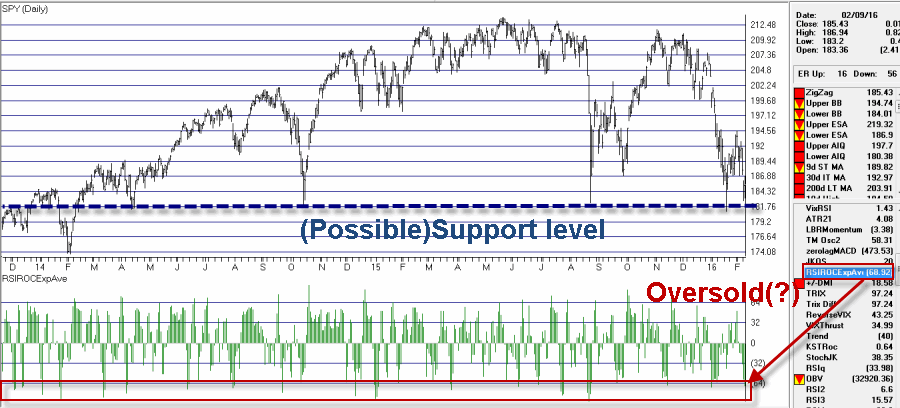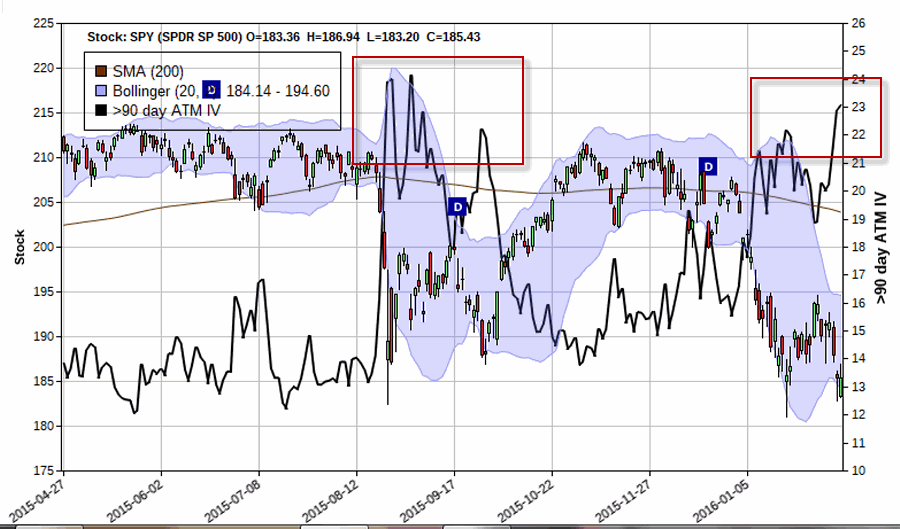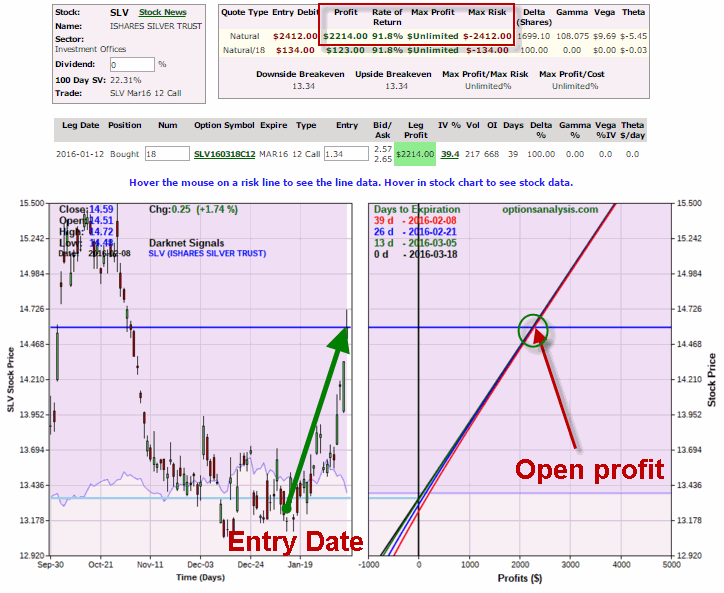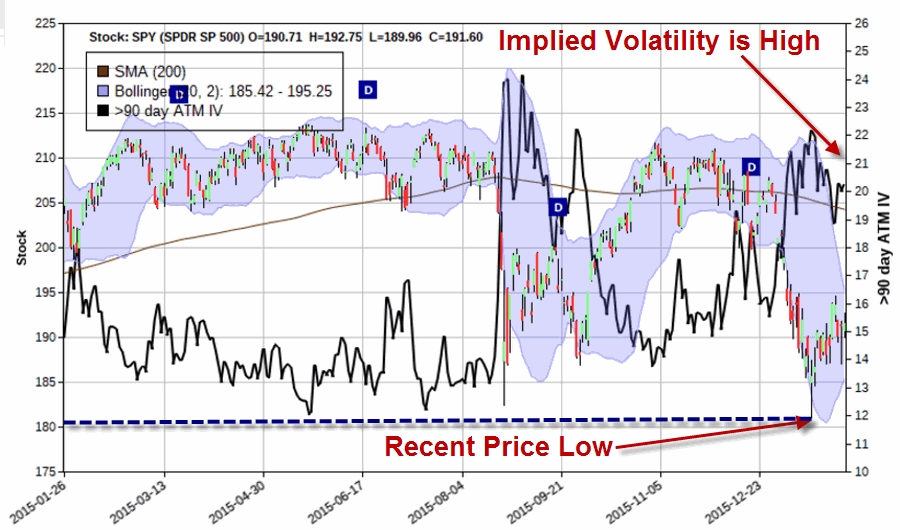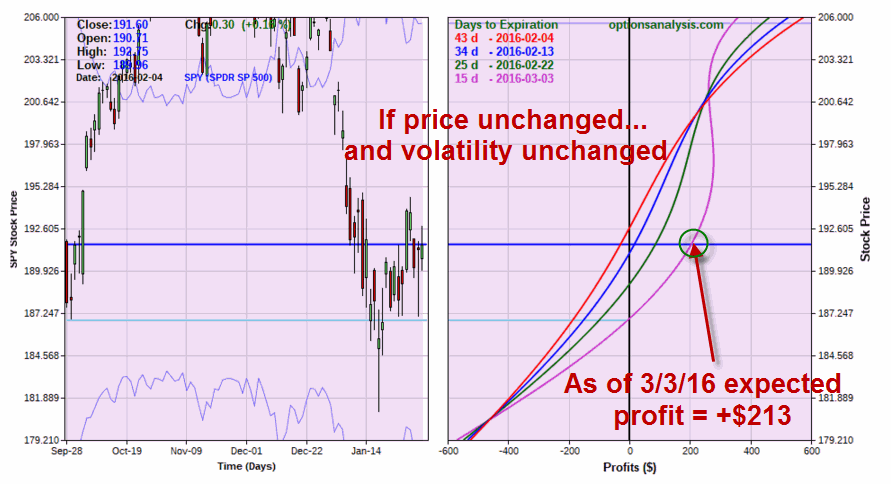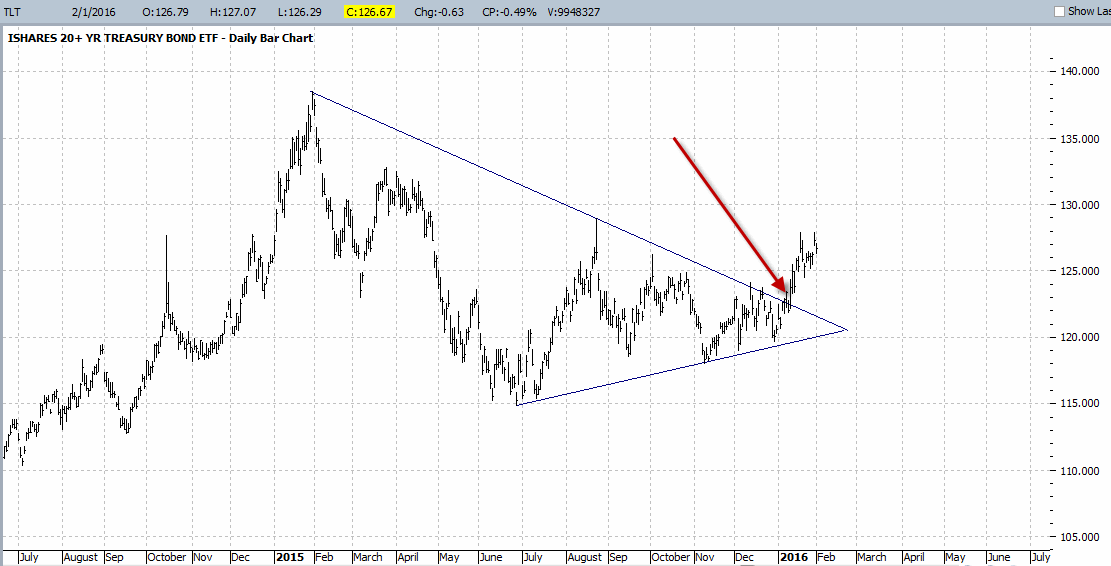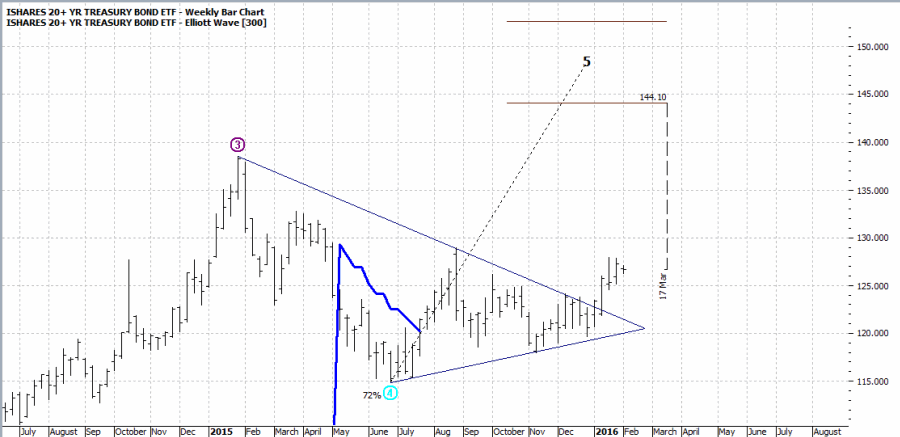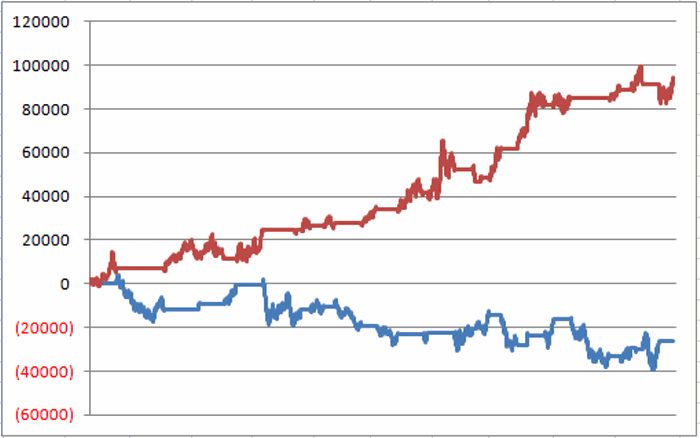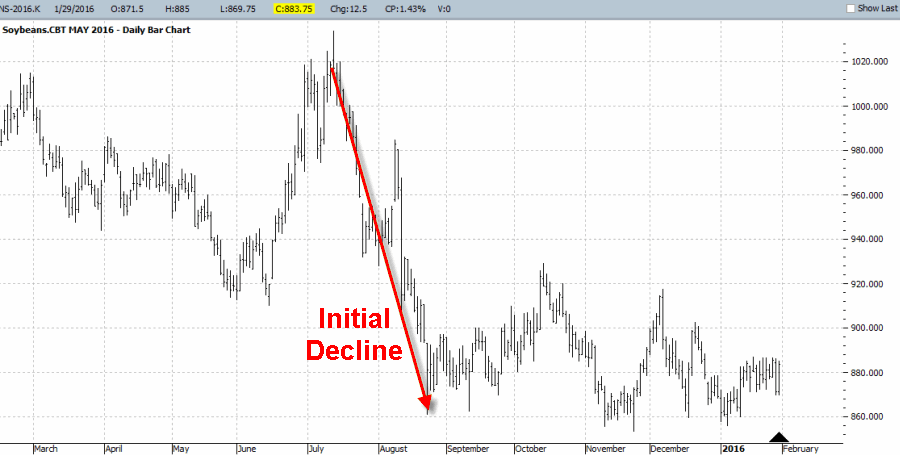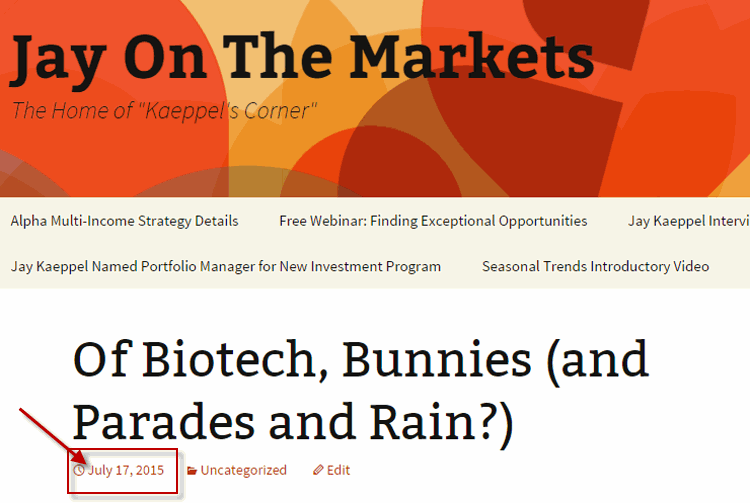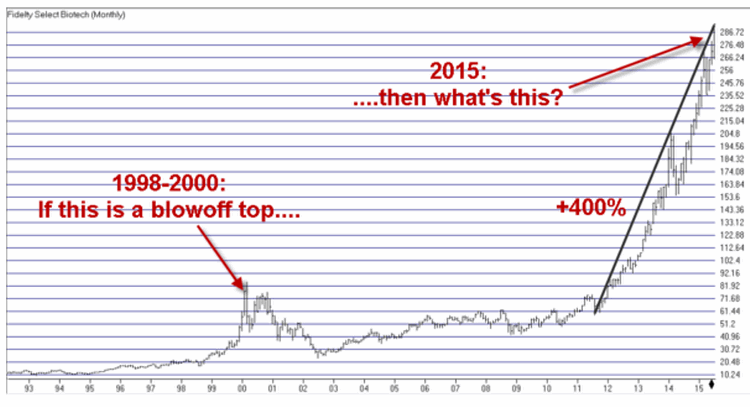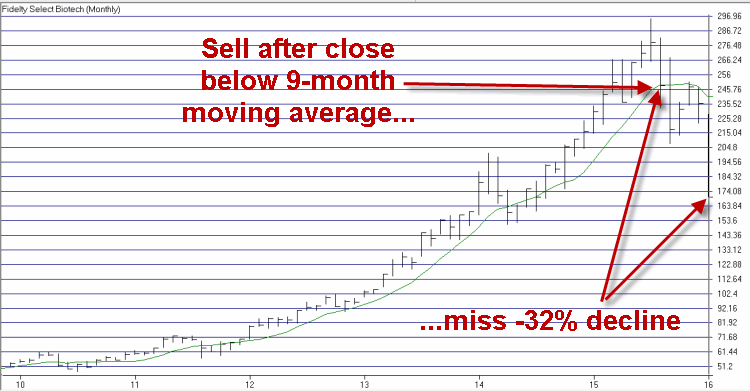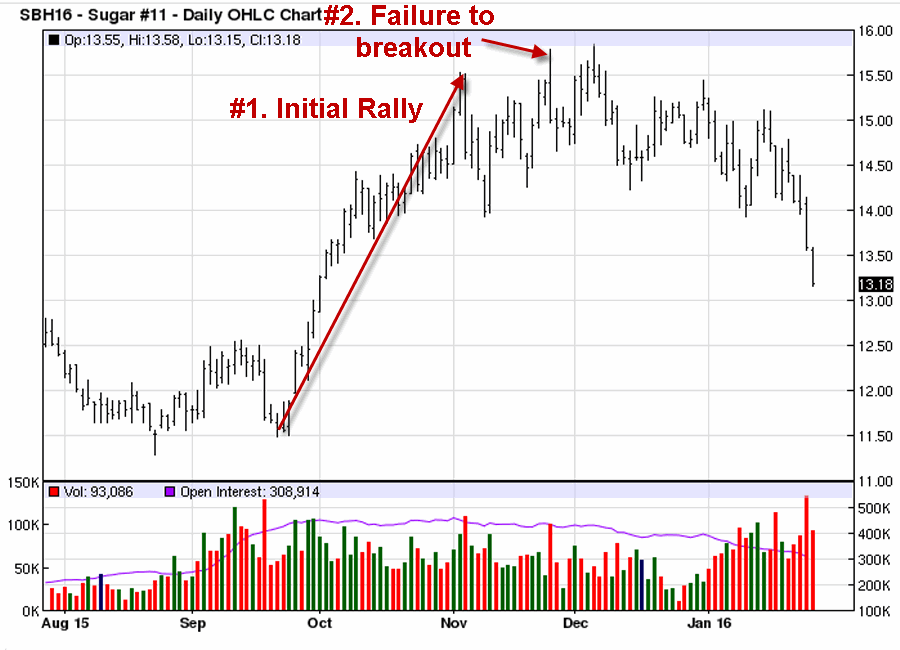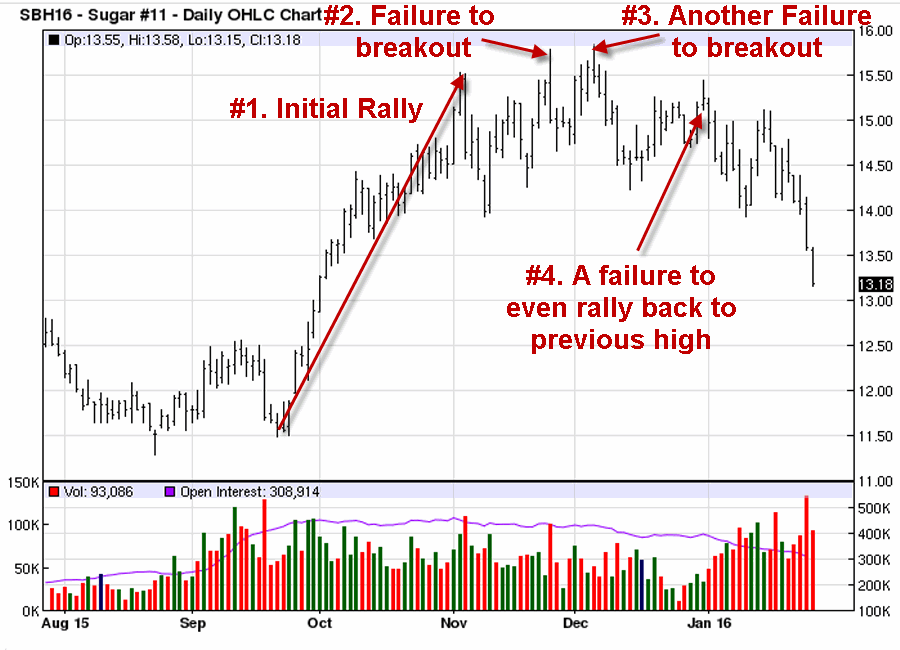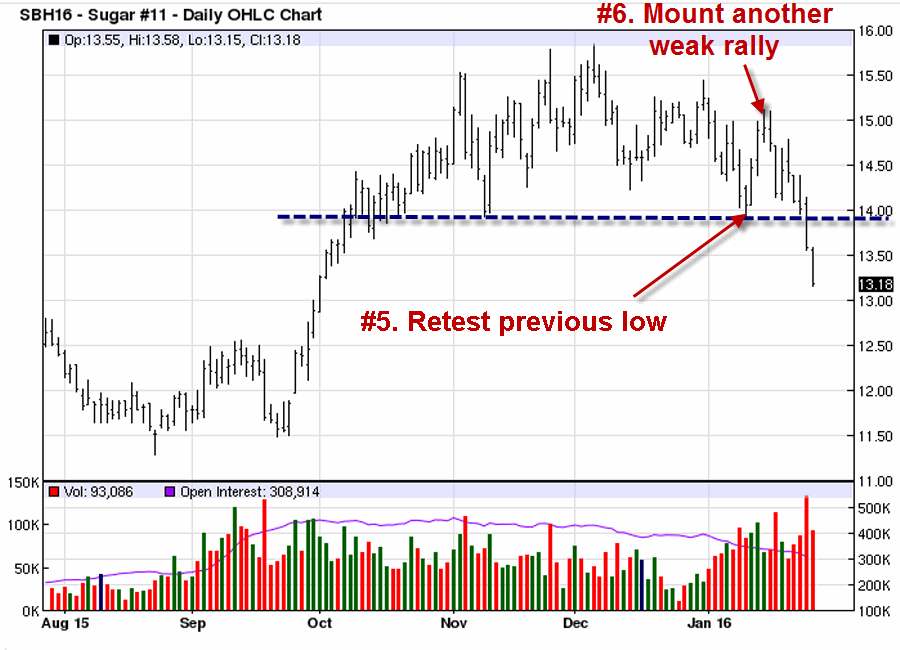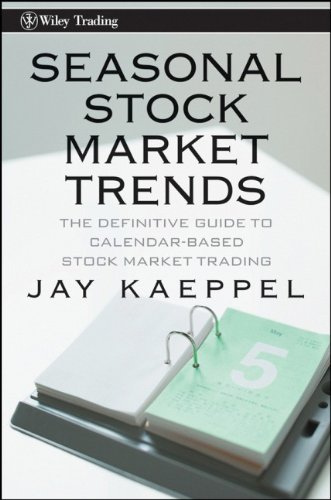Just dug these up from “Kaeppel’s Corner” articles I wrote for www.Optionetics.com for 9 years. Turns out there is a bunch so I am going to spread them out a bit. Anyway:
Jay’s Trading Maxim #1: Your absolute #1 priority as a trader is to be able to come back and be a trader again tomorrow.
Sounds so obvious, doesn’t it? But you would be surprised how many people violate this maxim. And it’s a hideous thing when it happens.
(See also Jay’s Trading Maxim’s (Part 2) and Jay’s Trading Maxim’s (Part 3))
Jay’s Trading Maxim #2: The keys to trading and investment success are, A) utilizing a method or methods that have a realistic expectation of generating profits over the long run, and B) having the financial and emotional wherewithal to follow your method(s).
(A or B alone is not good enough. If you have a lousy trading plan then the worst thing you can do is to actually follow it. Likewise if you have a great trading plan but can’t quite seem to follow it, well, let’s just say that that’s not going to end well either.)
(See also One Way to Play a Spike in SPY Volatility)
Jay’s Trading Maxim #3: Basically everything that you do as a trader or investor should serve to make sure that you are adhering to 2A and 2B above.
Jay’s Trading Maxim #4: The volatility of the fluctuations of the equity in your account will have a greater impact on your success or failure as a trader than any other factor.
Swing too little and you never quite make enough on the “ups” to offset the “downs”; swing too much and eventually (and Murphy’s Law being what it is, at exactly the wrong time) you cry “Uncle” and one day you find that you are not a trader anymore.
Jay’s Trading Maxim #7: Rocket science is great but when it comes to investing, it’s not necessarily necessary.
Jay Trading Maxim #9: The fact of the matter is that there are lots of trading methods that work well. The trick is finding one that works well for you.
Jay Trading Maxim #12: All of trading comes down to (# of winners/# of losers) times (Average winning trade / Average losing trade). Higher values equal greater success, lower numbers….not so much.
Jay’s Trading Maxim #14: When push comes to shove in the financial markets (and come to think of it, life in general), you alone are responsible for your own actions. So choose wisely.
Jay’s Trading Maxim #20: The markets don’t always do what you want them to do.
This leads us directly to:
Jay’s Trading Maxim #21: How right or wrong you are on a given idea matters not a wit. The only thing that really matters is how much money you actually make or lose in the process.
Jay’s Trading Maxim #22: If a setup “looks too good to be true” (but might still turn out to be true anyway), consider a limited dollar risk trade using options.
Jay’s Trading Maxim #24: The danger of a winning trade is the potential for it to fill your head with visions of grandeur.
Jay’s Trading Maxim #25: The danger of an unmanaged losing trade is obvious – you can lose your shirt. The other insidious danger of any losing trade is that it can affect your thinking and make you second guess subsequent decisions for a very long time.
Jay’s Trading Maxim #26: The day that you experience absolutely no emotion as you are stopped out of a properly managed losing trade is the day you gain the potential to become wildly successful in the markets.
Jay’s Trading Maxim #27: When it comes to trading/investing, between theory and reality there is a chasm a mile wide.
A more succinct corollary is:
Jay’s Trading Maxim #28: If you don’t consistently cover your a?# then eventually you will lose you’re a?#.
In other words, it’s good to have an idea to use as a basis or foundation for investing. But you absolutely, positively must make the assumption that sooner or later something unexpectedly bad will happen. And if you do not take steps to be prepared in advance to deal with that adverse event, well, please review Trading Maxim #28 above.
Jay’s Trading Maxim #29a: One of the most surefire ways to lose money in the financial markets is to trade a futures contract without a thorough understanding and appreciation of the potential risks involved.
Jay’s Trading Maxim #29b: The worst thing that can happen to any trader is that they recklessly violate JTM #29a and somehow make money on their first three futures trades anyway (i.e., once you think you’ve “Got The Touch”, you “Are Toast”).
Jay’s Trading Maxim #31: Never stick your head fully into the sand – it’s really hard to breathe.
And
Jay’s Trading Maxim #32: He who “bets the ranch” (figuratively speaking), ends up “finding another line of work in a non agricultural field” (also figuratively speaking).
Jay’s Trading Maxim #37: Recognizing the trend right now is worth far more than a thousand predictions on what will happen next.
Jay’s Trading Maxim #44: At no time are money management and risk management more imperative than when everything looks like it’s all about to come up roses. Or to put it more succinctly, you are at your greatest risk when your defenses are down.
Jay’s Trading Maxim #50: The markets don’t always do what you want them to do. Likewise, the markets don’t always do what you expect them to do. If you accept these facts and plan accordingly, you may or may not trade more profitably, but you’ll definitely experience a lot less “angst.”
Jay’s Trading Maxim #71: It’s really hard to predict what’s going to happen in the stock market over the next [your time frame here]. And when I say “really hard” I mean “really, really hard”.
This maxim evolved from a recurring and disturbing pattern of events that basically went something like this:
1) One guy would predict that the market would go up over the next x-months. And in fact it actually would.
2) Suddenly everyone – myself included – couldn’t wait to hear what this “oracle” had to say next.
3) Maybe he would get another call right, but eventually he would get it almost exactly and completely wrong – either confidently advising everyone to “buy” just before a big market drop, or shouting “SELL” right before – you guessed it – the next big rally.
4) Then everyone would scurry off to follow another advisor who had correctly “predicted” the rally that the last guy had missed.
5) So on and so forth, repeat, ad nauseum, ad infinitum.
Jay Kaeppel
